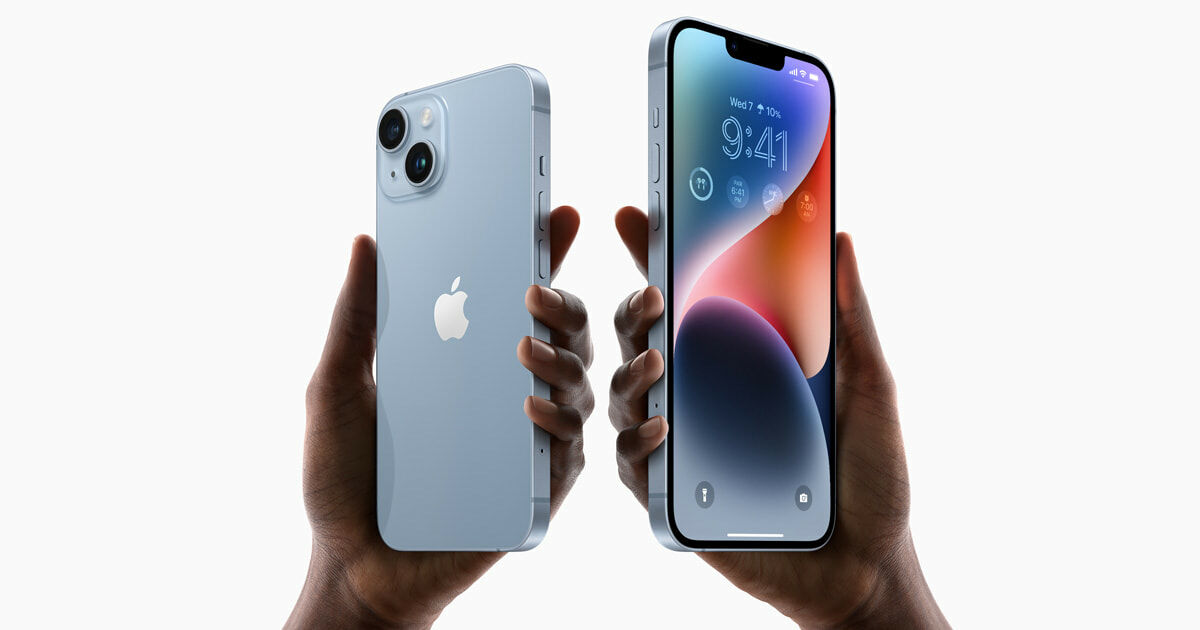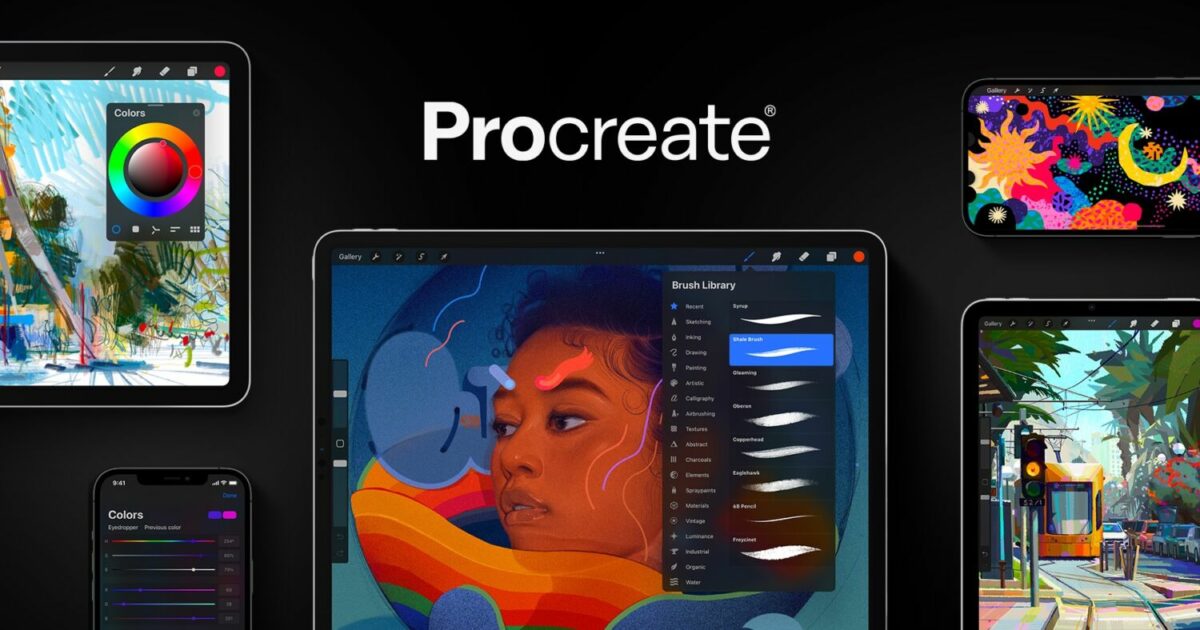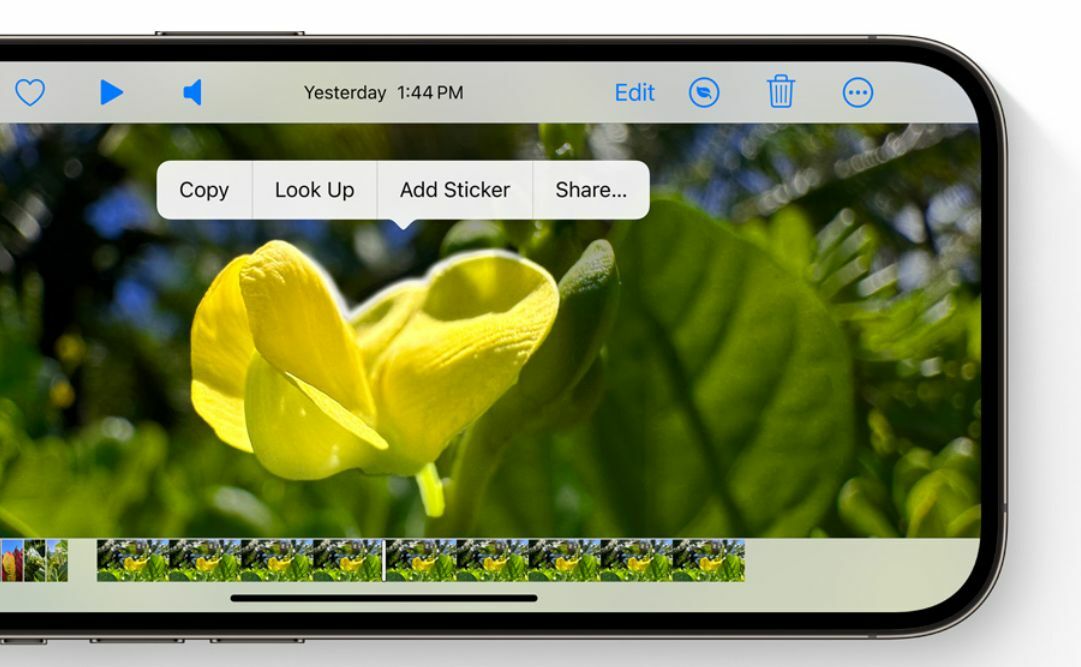It’s been a decade and a half (16 for Apple iOS and 14 for Google Android) since the current reigning mobile operating systems made their debut and in the dynamic landscape of smartphone technology, both Apple and Android are still vying for dominance. Both have their own strengths and unique features, and each has its own millions of loyal followers, and the choice between them often boils down to personal preferences.
That said, the market share split between both software systems continues to remain, as Android makes up around 70 per cent, while iOS has the remainder. That said, Android is offered on many brands of devices in the market, across a variety of mobile devices, whereas iOS is only available on iPhones that are only sold by Apple.
Certain aspects also distinguish iOS from its Android counterpart, and vice versa, and there was a time when both sides were seen as copying or replicating the successful features of the other, though these days, less of that can be seen. That’s because each has developed its own stronger suite of features and here, we’ll dive into ten compelling features that Apple does better than Google.
From an unmatched ecosystem to the emphasis on security and privacy, Apple’s nuanced approach to design and functionality often gives it a competitive edge, highlighting why many enthusiasts prefer the polished refinement of Apple’s iOS.
1) Consistent Software Upgrades and Updates

Apple’s iOS holds an edge over Android with its unified approach to system updates. Regardless of region or carrier, all supported Apple devices receive updates simultaneously, ensuring access to new features and security enhancements. Although some older devices may not get the latest updates, they still run smoothly, highlighting Apple’s enduring quality.
Conversely, Android’s update protocol is less synchronised, as rollouts depend on varying factors, including brands and hardware configurations, and are not strictly tied to Google’s schedule. Android brands are also less inclined to roll out updates for older devices, providing device owners with a sense of abandonment.
This results in a staggered release that often leaves Android users waiting longer for new features and security updates, a stark contrast to the timely delivery observed in Apple’s ecosystem.
2) Ease Of Use

Apple’s iOS is renowned for its simplicity and user-friendly nature. The consistency across devices like iPhones, iPads, or MacBooks allows for seamless transitions, where it’s ridiculously easy to transfer files, photos and videos across all of Apple’s hardware. Want to log in your new Apple device such as the Apple TV? It’s easy if you have your iPhone with you. Want to use your iPhone’s camera with your MacBook? Why not?
Users can easily navigate through neatly arranged icons and straightforward settings, making it suitable for those prioritising ease-of-use over customisation. The experience remains the same across all Apple mobile devices, so even novices can quickly get accustomed to it.
In contrast, Android’s extensive customisation options can seem complex to the average user. Despite efforts to make Android more intuitive, its varied interface across different phone brands and models can create a learning curve. And no, Android devices don’t work as well across Windows machines, unlike your iPhone and MacBook. Unlike iOS’ uniform experience, Android offers a diverse user experience, which might not appeal to everyone seeking straightforward navigation.
3) Apple’s Ecosystem Integration

Apple’s ecosystem is renowned for its seamless integration. With features like Handoff and Universal Clipboard, Apple devices work in harmony, creating a unified user experience across iPhones, iPads, Apple Watches, and Mac computers. These devices are tightly integrated with Apple’s own services like iCloud, iMessage, and FaceTime.
In comparison, Google’s cross-device integration requires additional apps for accessing core services, making it less intuitive for some users. Apple’s app store also sets a high standard with stringent checks, fewer ads, and additional offerings like interviews and guides. This well-integrated ecosystem, complemented by products like AirPods and HomePods, makes Apple’s user experience stand out in the tech world, because no other brand offers anything even remotely similar.
4) Better Privacy And Security
Apple’s commitment to user privacy and security is widely recognised. Offering a suite of protective features, such as app tracking transparency, Apple gives users substantial control over their data. This reputation is bolstered by iOS’s consistent updates, a closed ecosystem that is more challenging to breach, and a stringent App Store, all of which contribute to a robust defence against potential hackers.
Apple’s dedication to privacy extends to prohibiting apps from tracking your location and data without your permission. Furthermore, communication services (like iMessage and FaceTime) offer end-to-end encryption, ensuring secure conversations. Driven by superior software and technological advancements, Apple effectively shields its users from viruses and malware, solidifying its position as a leader in device security.
5) Resale Value

Apple devices are renowned for their robust resale value compared to their Android counterparts, and this distinction is particularly beneficial for users who plan to upgrade their devices after a few years. Although Apple’s products often come with a higher price tag, they tend to depreciate at a slower rate, which means you could get a higher return when you decide to sell them. This is not necessarily an affordability advantage, but it provides Apple with a distinct edge in the mobile market, especially given the popularity of its products that often ensures quick resale.
A report by BankMyCell compares the depreciation of iPhones and Android phones at different points in time after purchase. After one year, an iPhone typically retains 83.3% of its value, while an Android phone retains approximately 66.4%. This gap widens after two years, with iPhones preserving 64.5% of their value and Androids only 37.5%. This data further illustrates the superior resale value of Apple devices, making them a more economical choice for those planning to upgrade their devices periodically.
6) Family Sharing

One of the standout features that sets Apple’s ecosystem apart from Android is its innovative Family Sharing function. This unique feature streamlines the process for family members to share apps and subscription services across their devices, strengthening the appeal of the iPhone for households with multiple users. With Family Sharing, purchasing and storing data can be conveniently handled across various iOS devices and Apple ID Accounts.
Family Sharing also introduces a layer of safety and control for parents, thanks to its in-built approval system. Any purchase or download requests made by children on their devices must be authorised by a parent, ensuring a check on the suitability of content. This feature mitigates the risk of children inadvertently downloading inappropriate materials or apps with in-app purchases. Furthermore, the Family Sharing feature brings families closer by allowing them to share calendars, photos, reminders, and even their locations.
7) Apple CarPlay

Apple’s CarPlay is an example of the user-friendly approach that sets the tech trailblazer apart. This feature seamlessly integrates your iPhone with your car’s digital interface, creating a simplified, personalised in-car technology experience. The CarPlay’s intuitive layout allows you to organise app icons as per your preferences, making it easier to access your most-used programmes.
Furthermore, with Siri’s assistance, CarPlay offers voice-controlled navigation, hands-free calling, and music control. By merging a user-friendly design with advanced functionality, Apple CarPlay enhances the driving experience, making it safer, more efficient, and ultimately more enjoyable.
8) Integrated Support For Creative Professionals

Apple devices are a common pick among creative professionals, largely due to their integrated support for content creation software like Freeform, Adobe Suite, Clip Studio, and the Apple-exclusive Procreate. These applications allow artists and designers to streamline their creative processes with impressive functionality and seamless workflows.
Of particular note is Procreate, which is uniquely designed to harness Apple’s robust hardware and precision touch gesture technology. This results in a superior and fluid creative experience that isn’t quite matched on Android devices. In essence, Apple’s blend of high-performance devices and specialised software makes it the preferred choice for creative professionals.
9) Facetime Voicemail Replies
With the introduction of iOS 17, Apple has once again upped the ante in terms of communication and user convenience. A standout feature is the ability to record a Facetime voicemail reply to missed calls. Simply press the record button, and users will be able to leave a message that the recipient can listen to at their leisure. This saves time and ensures that the full message is delivered, avoiding the need to repeat oneself later.
This practical innovation, which is currently not available on Android devices, exemplifies Apple’s commitment to enhancing user experience with intuitive communication tools.
10) Visual Look Up

Apple’s commitment to enhancing user experience is evident in its innovative new feature, Visual Look Up, introduced in its latest software update. With Visual Look Up, you no longer need to leave your photos or videos to seek additional information about a subject that catches your eye – be it a delicious-looking dish in a photo, an intriguing object in a video, or even a scene from a friend’s image that you’d like to know more about.
With a simple tap on the item of interest within the image or video, Visual Look Up pulls up relevant search results directly. This streamlines the process of information gathering, eliminating the need to separately input search terms. It’s another step in seamless integration that enriches the user’s interaction with their device, a feature that Android has yet to incorporate. This is just another example of how Apple continues to leverage technology to simplify and enrich our digital experiences.
Apple’s emphasis on seamless user experience, security, consistent updates, ecosystem integration, high resale value, family-friendly features, and cutting-edge in-car technology demonstrates why many users prefer iOS to Android. The 10 features discussed reveal Apple’s commitment to innovation, user-centric design, and advanced technology, making its devices highly appealing to a broad spectrum of consumers.
While Android also offers numerous strengths, these key advantages give Apple a distinctive edge. It’s clear that the choice between Apple and Android can come down to personal preference, but for those who value the combination of simplicity, functionality, and robust security, Apple’s iOS offers a compelling option.
As technology continues to evolve, it will be fascinating to see how these two giants of the tech world adapt and innovate to meet changing consumer demands.















